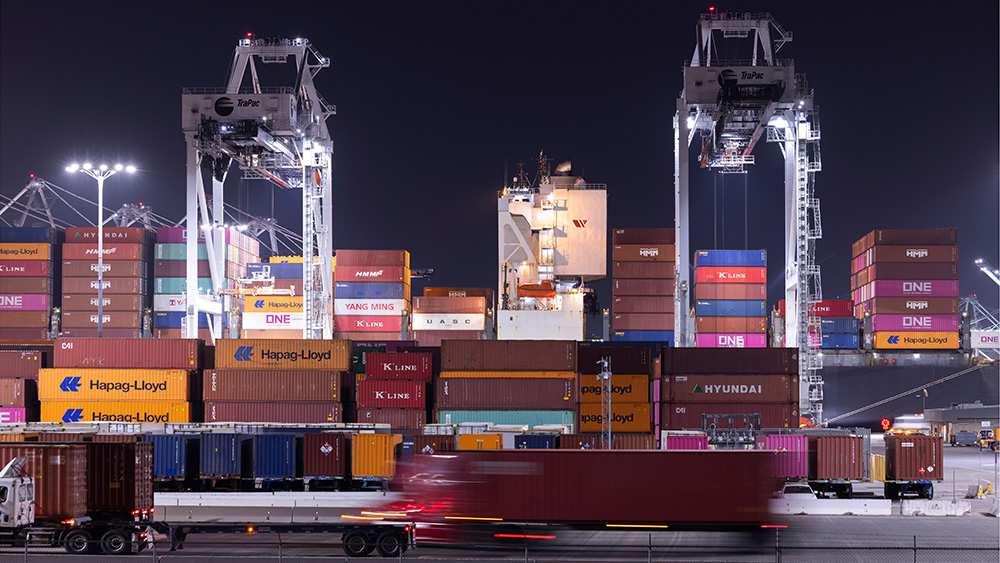Matt Gush/Adobe Stock
Port of Los Angeles: Data for April suggest that container ship bookings are down by 60%, and 30% of Pacific Ocean bookings to the U.S. have been canceled.
According to the U.S. Census Bureau and the U.S. Bureau of Economic Analysis, trade with our three largest partners—Canada, China, and Mexico—accounted for more than $1.32 trillion in imports and $0.82 trillion in exports in calendar year 2024. This represented 40% of the total trade between the United States and the entire world that year.
|
ADVERTISEMENT |
The United States is heavily dependent on China for much of its commodity items. These range from hardware to furniture to electronics to clothing and much more. It’s also dependent upon its immediate neighbors—Canada and Mexico—for a variety of items, including those imported from China, but also autos, auto parts, potash, fruits, vegetables, nuts, beer, lumber, crude oil, and so on.
…

Add new comment